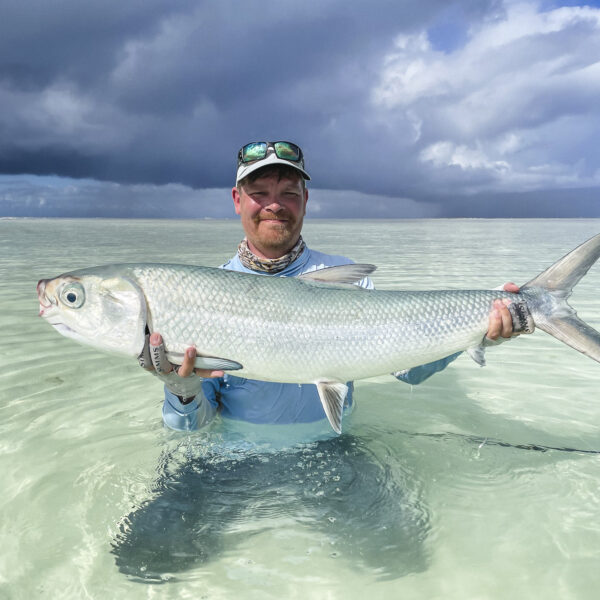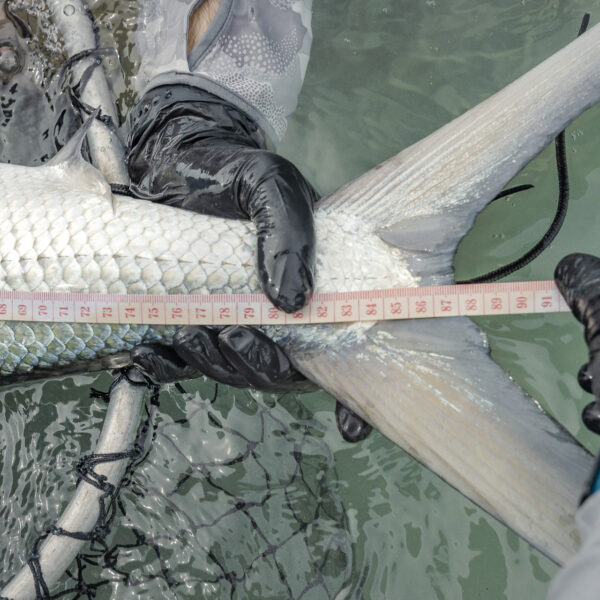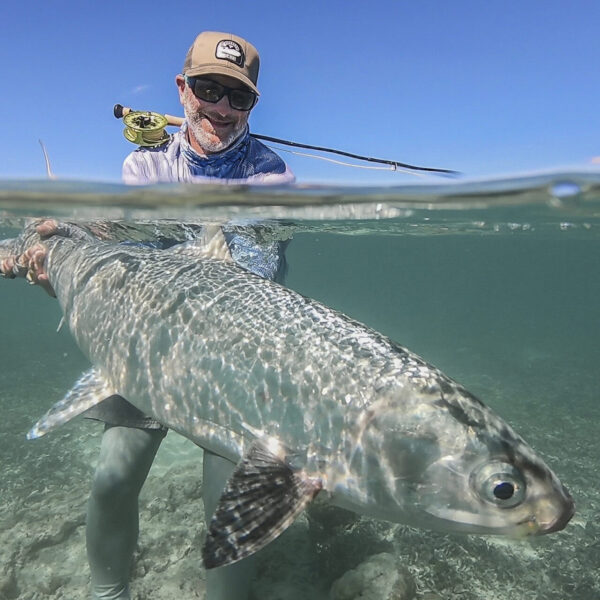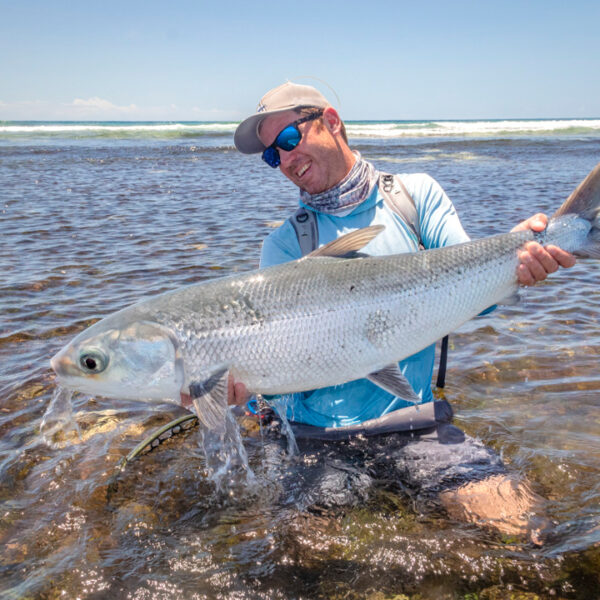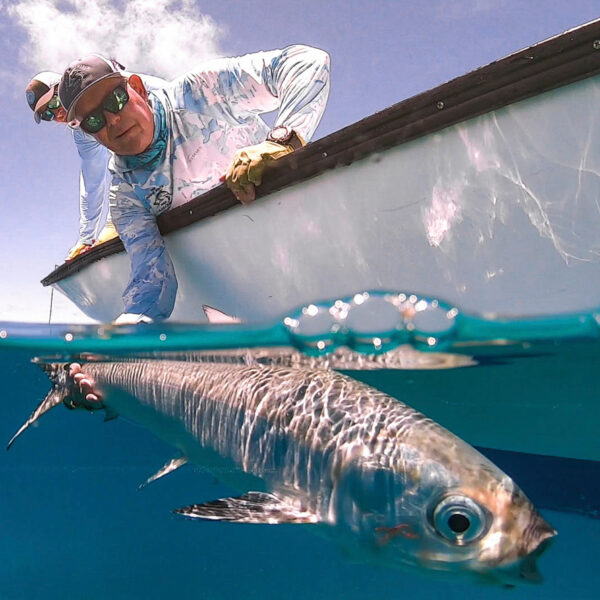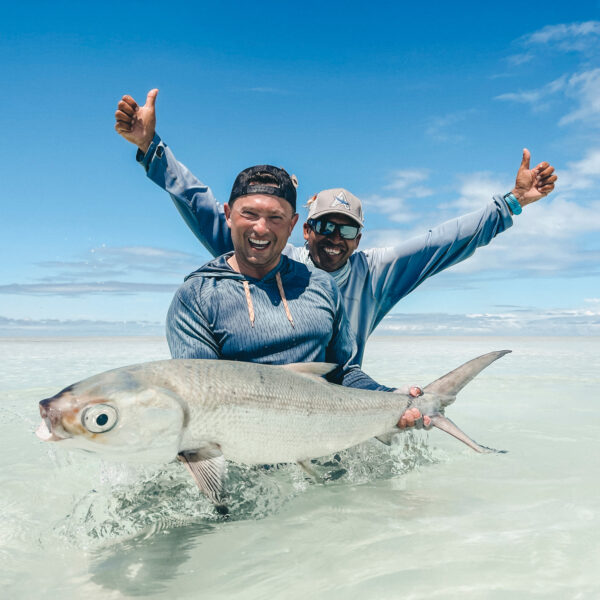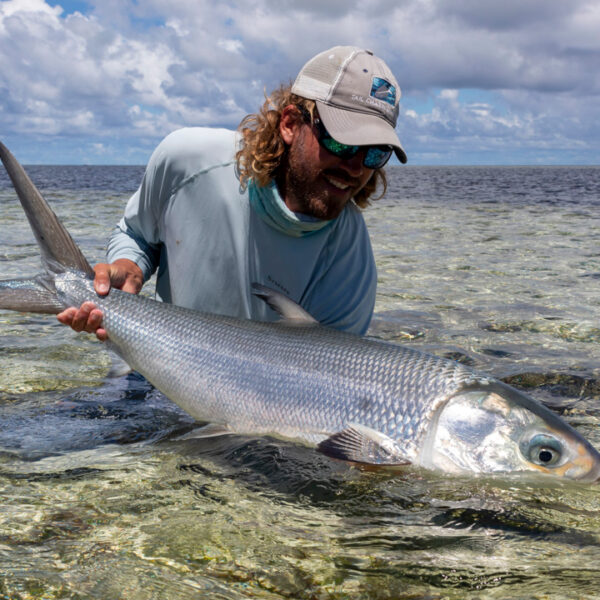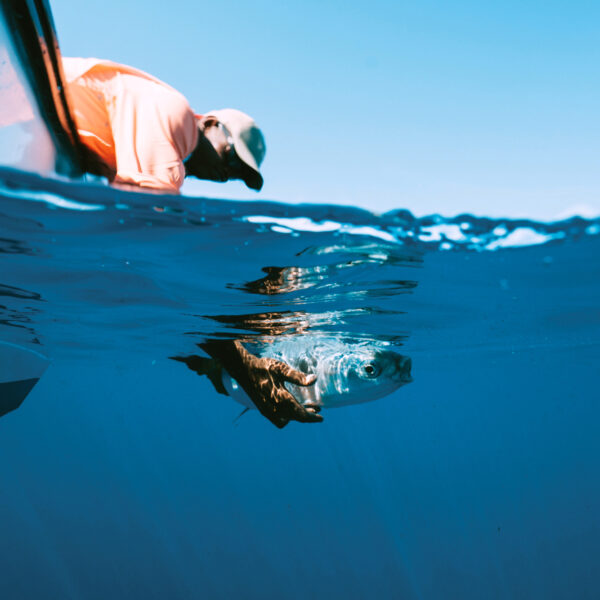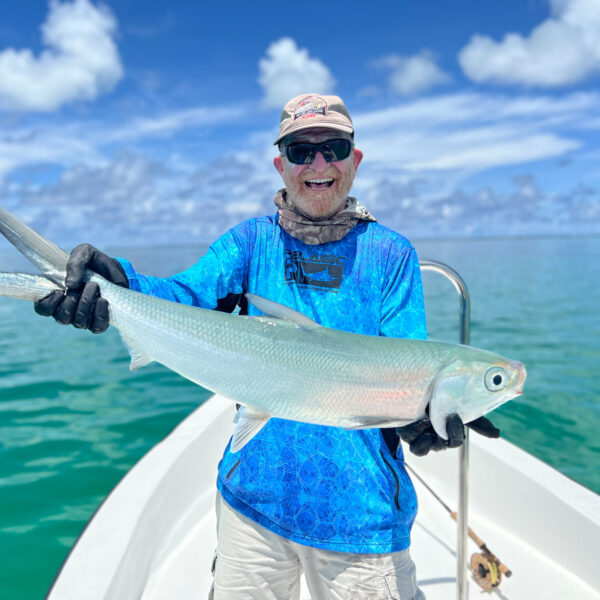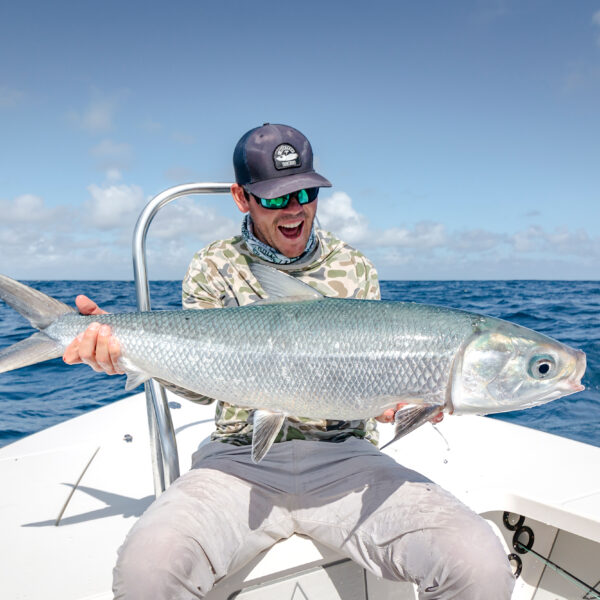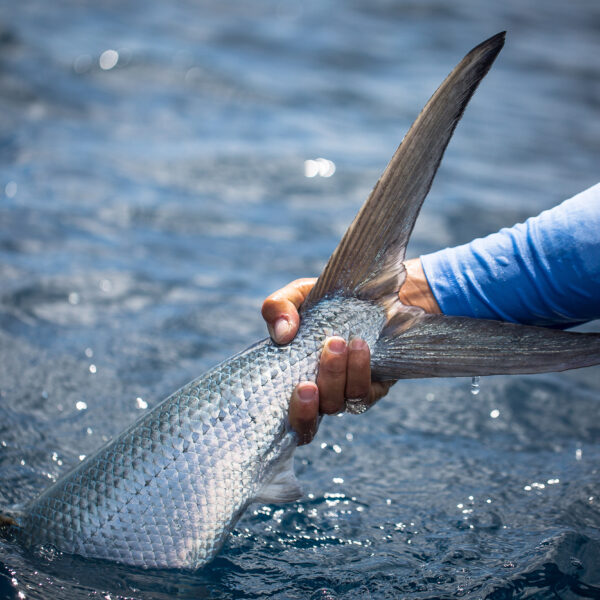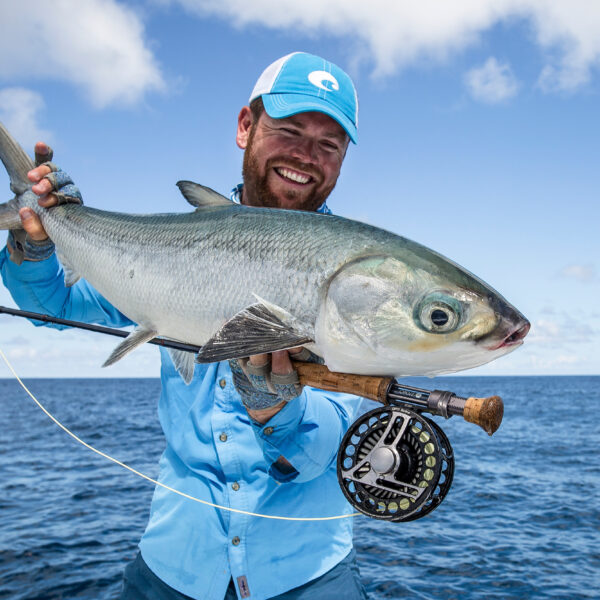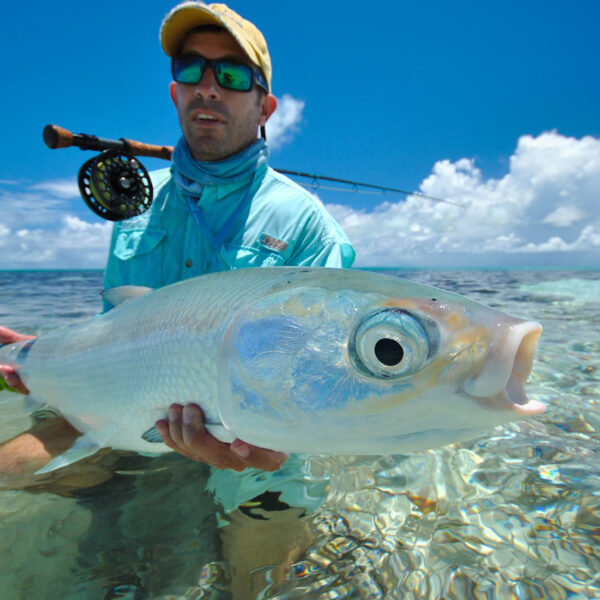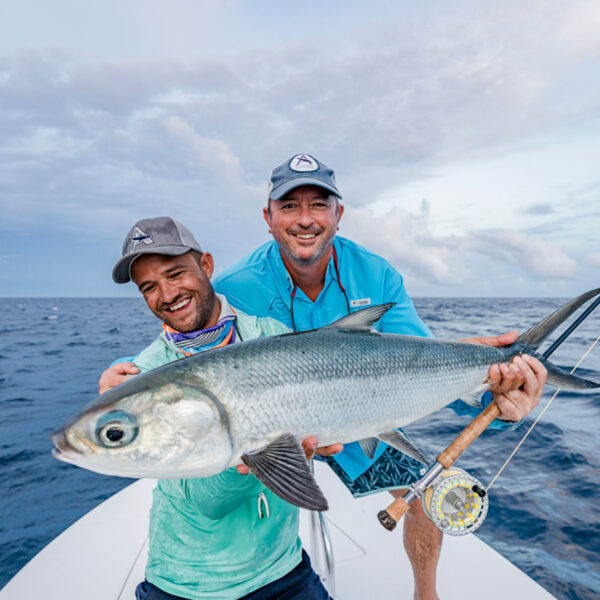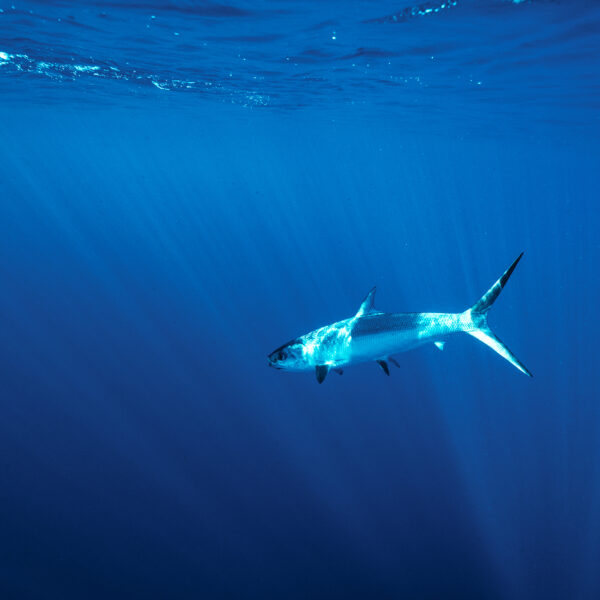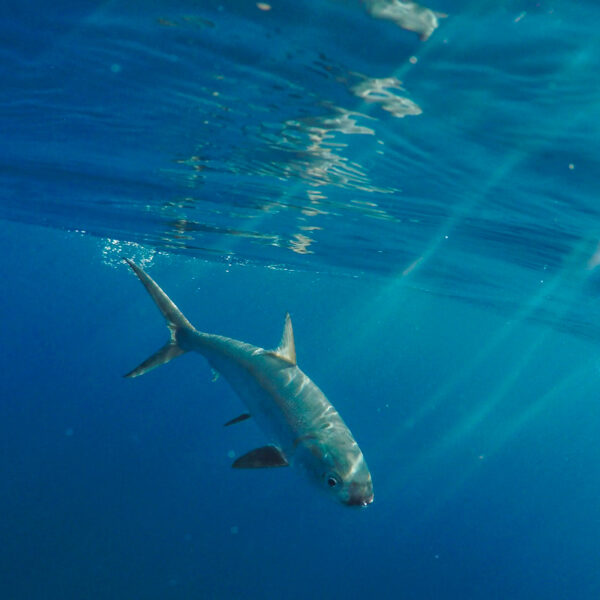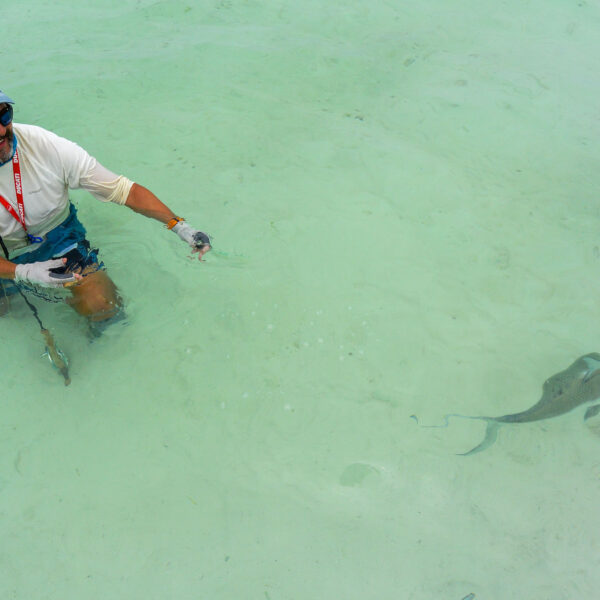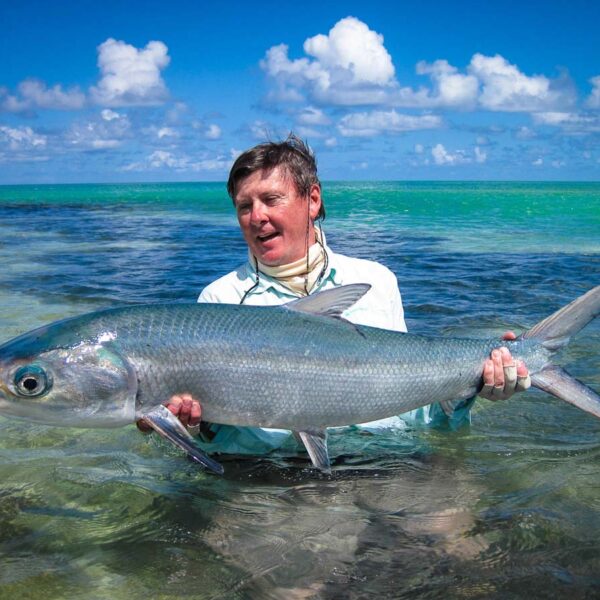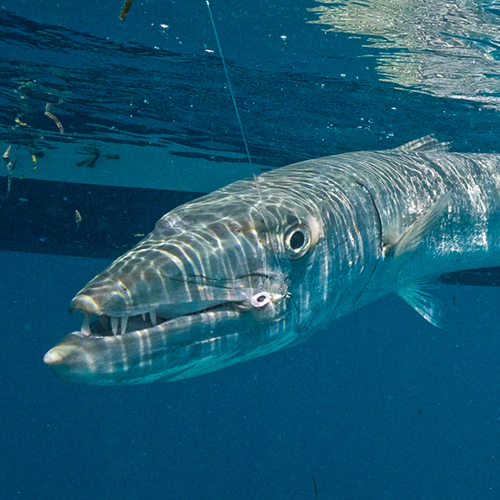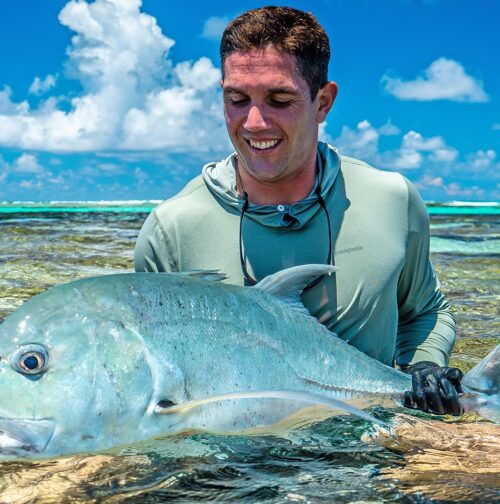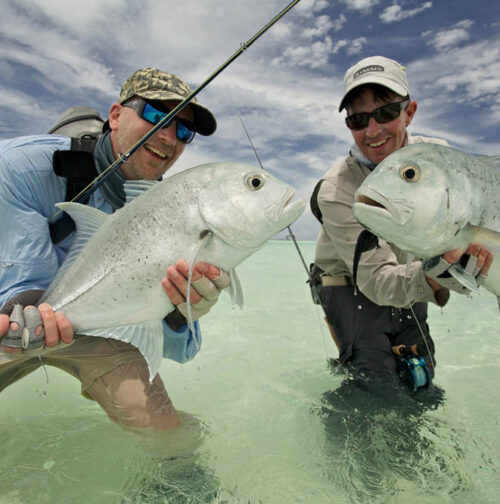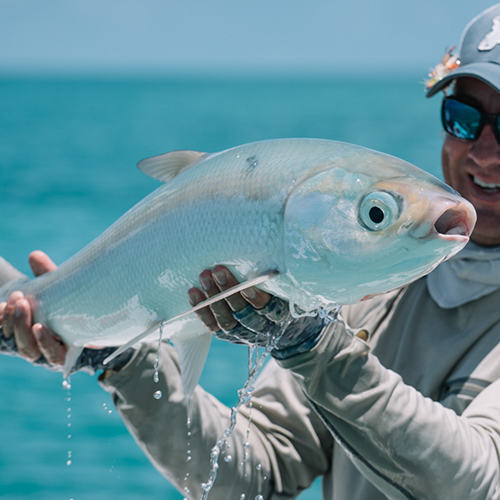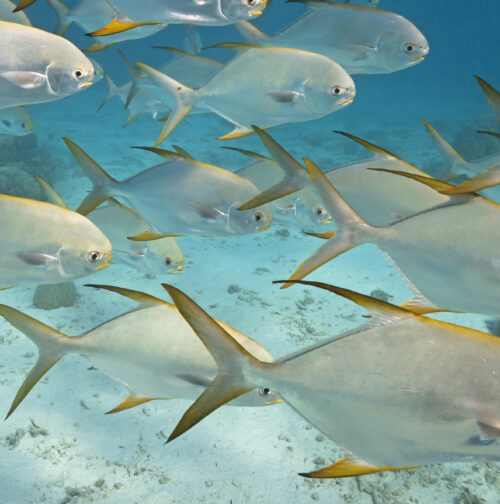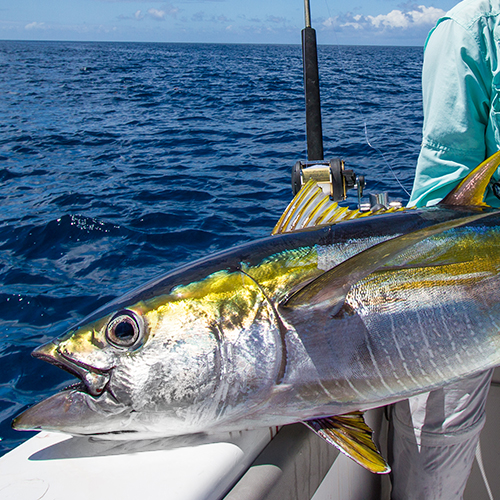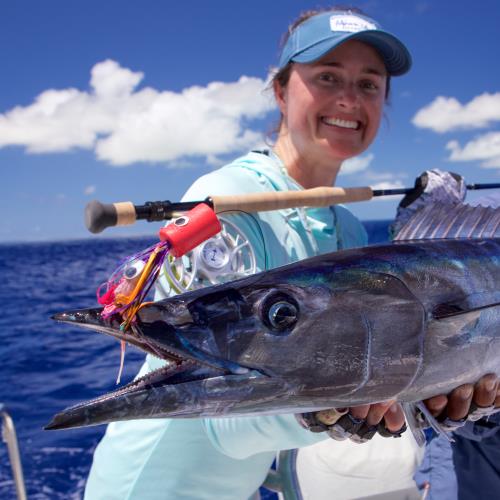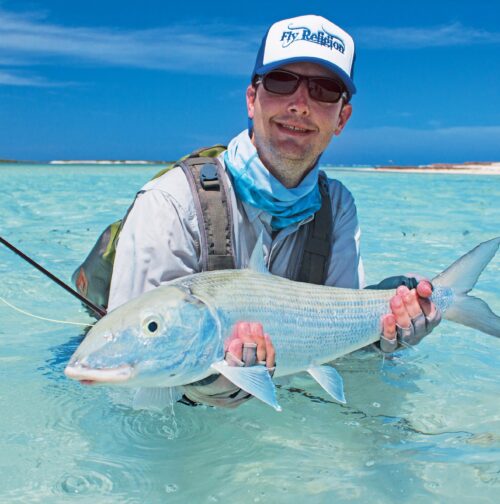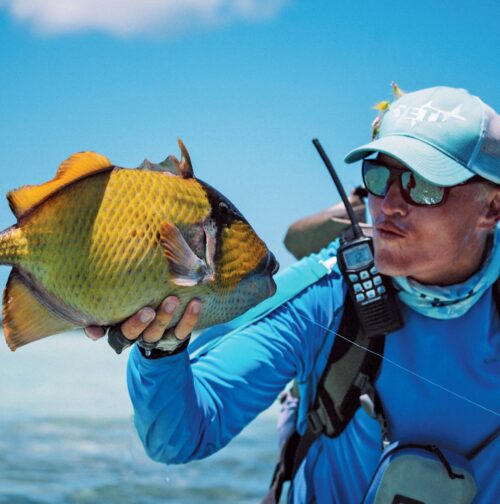The most effective flies are the Milky Dream, Wayne’s Milky Magic, and a Pillow Talk with tungsten eyes. All of these flies have a few distinct similarities, which help mimic the food source of the milkfish.
New Travel Regulations and Last Minute Availability
As of the 25th of March, Seychelles is welcoming guests from everywhere in the world, regardless of their vaccination status. The only requirement is a negative PCR test within 72 hours of departure, as well as a Health Travel Authorisation. Enjoy this opportunity to truly get away from the crowds and experience the blissful isolation offered by our destinations in the Outer Islands of Seychelles.
New Travel Regulations and Last Minute Availability
As of the 25th of March, Seychelles is welcoming guests from everywhere in the world, regardless of their vaccination status. The only requirement is a negative PCR test within 72 hours of departure, as well as a Health Travel Authorisation. Enjoy this opportunity to truly get away from the crowds and experience the blissful isolation offered by our destinations in the Outer Islands of Seychelles.

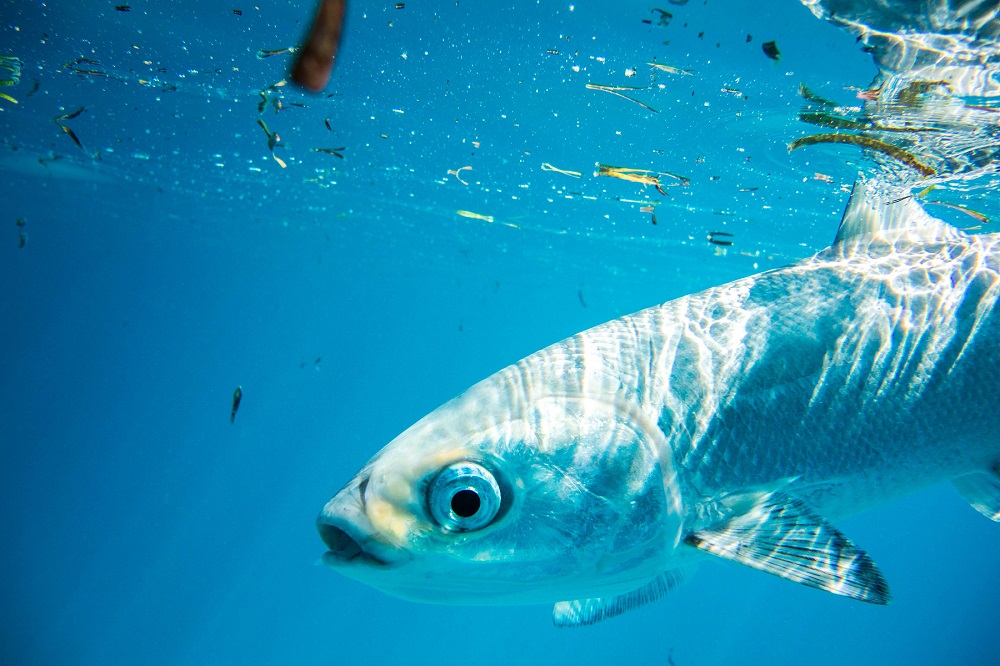
Milkfish Fly Fishing
Milkfish, also known as Chanos Chanos, is a challenging and hard-fighting opponent. The origins of targeting this species on the fly stem back to Alphonse Island and the lagoon of St. Francois, where these techniques were first pioneered and developed. To catch a milkfish on the fly, you will need more than the best milkfish flies, the best
rods, and the best conditions – it is no easy feat!
Also known as the fork-tailed devil, milkfish are characterised by their torpedo-shaped body, large V-shaped tail, disproportionately large eyes, and a white underbelly. Also, small cycloid scales cover the distinct lateral line, giving the sides a silvery appearance, while the top ranges from olive green to blue. More so, their spineless fins comprise a single dorsal, and large pectoral fins made up of 12 soft rays. One of the few toothless flats fish species, their mouths have a slightly upper-facing jaw, and their gill arches have numerous long, thin, and closely-set rakers due to their diet.
KEY FACTS ABOUT MILKFISH
Milkfish (bangos in Creole ) is the sole living species in the family Chanidae.
The Search For Milkfish
Milkfish are usually relatively easy to spot. For instance, when fishing on the flats in the knee to waist-deep water, they are usually found in small pods cruising over algae patches with their tails protruding out of the water as they feed on the bottom. Also, when feeding, they will swim to a depth where the greatest abundance of food lies. This can occasionally make them tricky to spot as they sit a few metres under the surface. For the most part, the fish are seen making a bow wake on the surface with their heads out of the water feeding at the top of the water column.
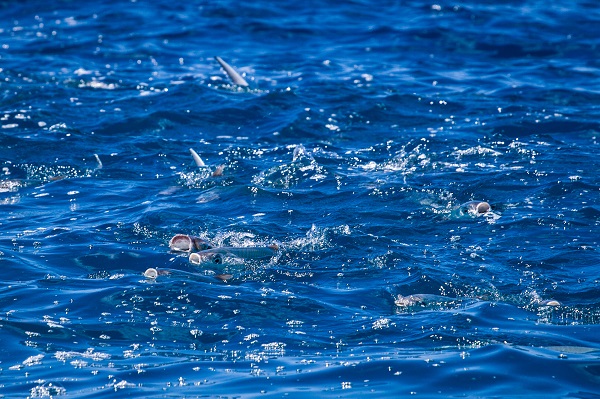
BEST MILKFISH FLIES
-
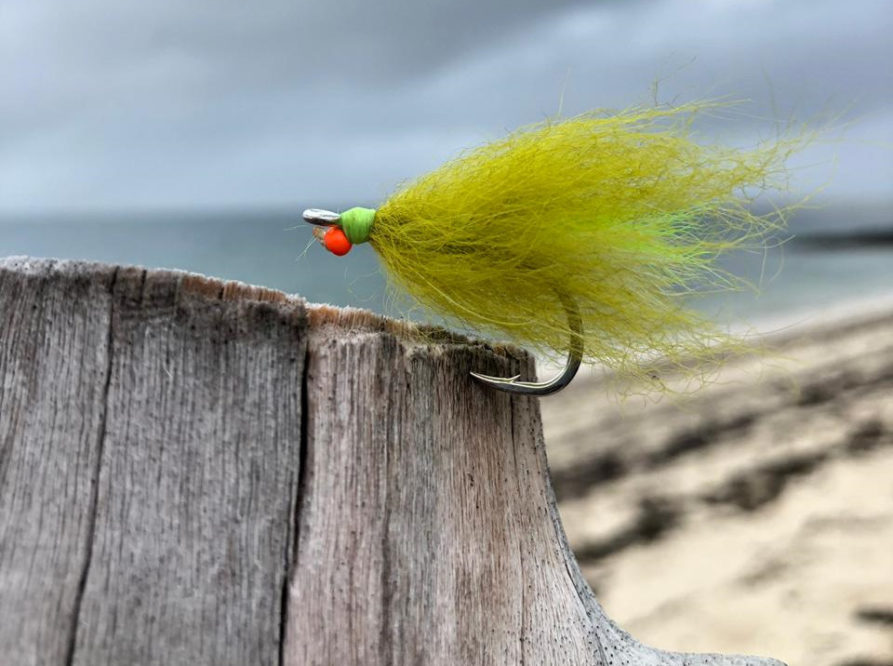
Milky Dream
A combination of an olive, green, and chartreuse body imitates the algae that the fish graze on. Often a couple of strands of crystal or UV flash are added to impersonate the copepods that live around the algae beds. A couple of wraps of pink chenille can also be put on the head of the milky dream fly.
 available On Island
available On Island
-
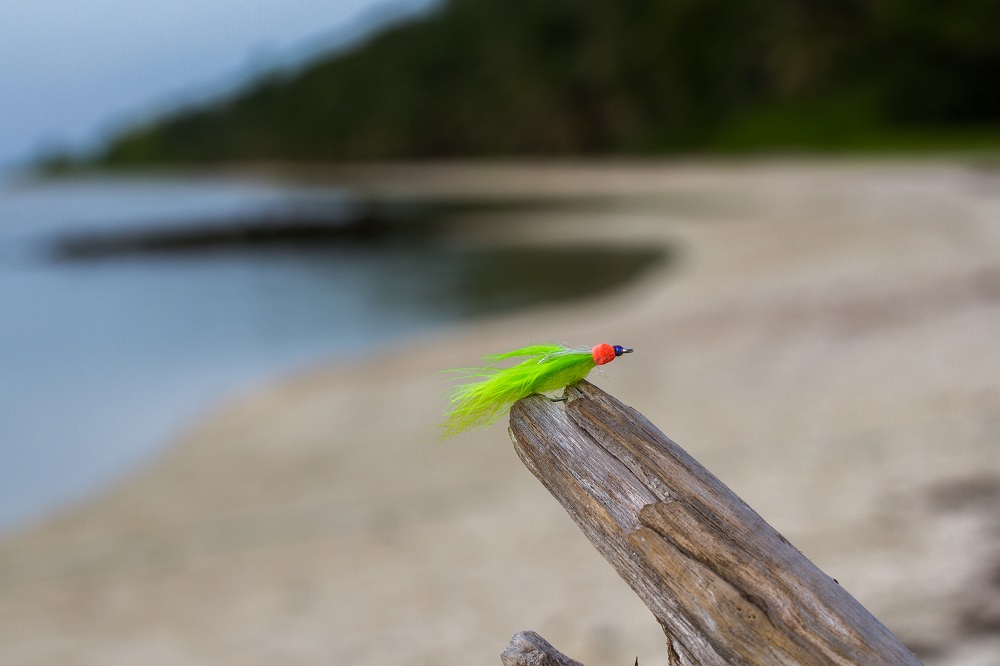
Wayne’s Milky Magic
The Wayne’s Milky Magic fly, designed by Wayne Haselau to catch milkfish, is commonly known as the milkman, as it guides the milkfish. Its design allows it to appear more enticing as the chenille represents the egg-sack of a variety of crustaceans caught up in the algae, creating a more protein-rich meal in the milkfish’s eyes.
 available On Island
available On Island
-
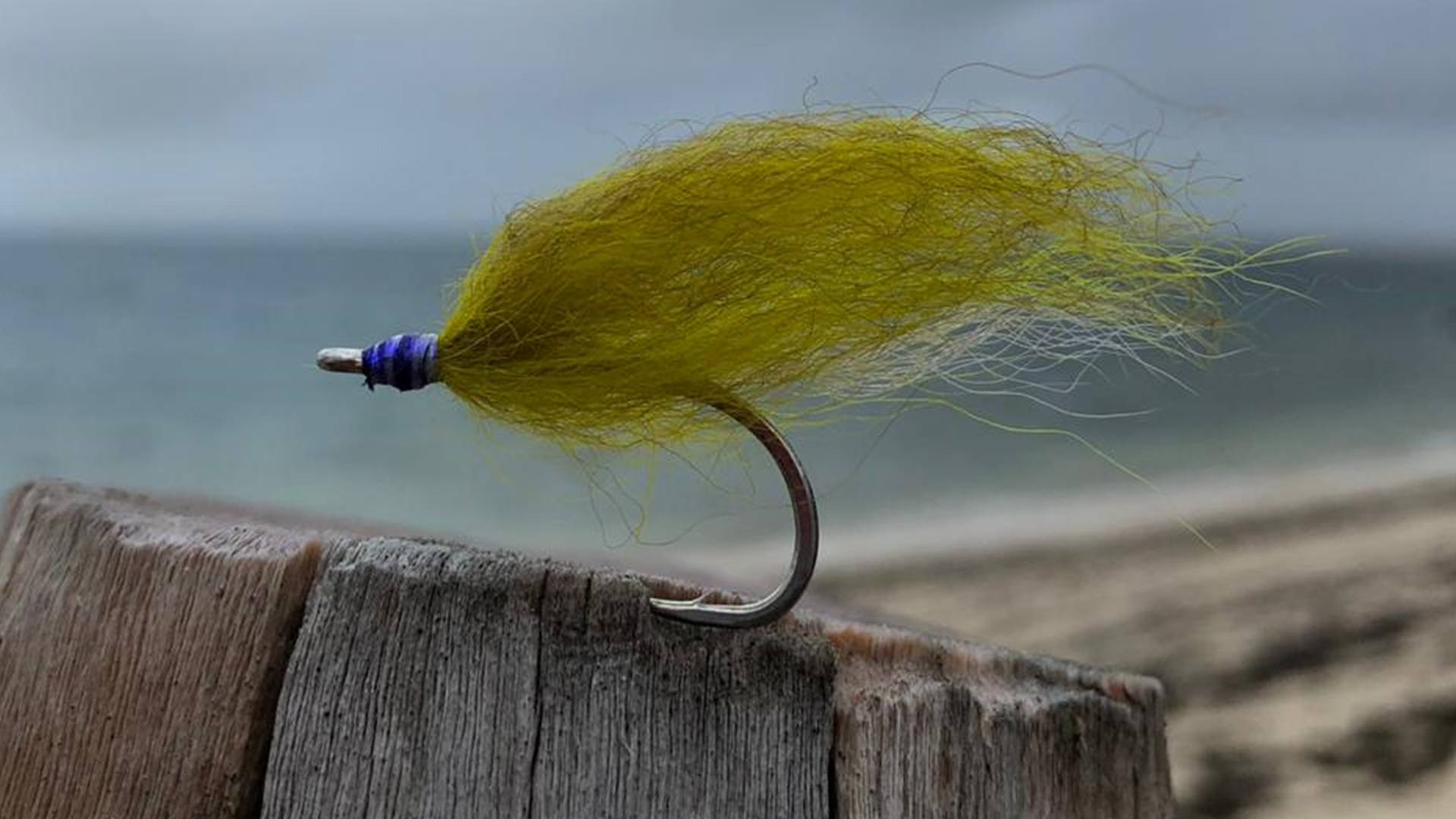
Olive Milky Dream
A very simple yet very effective fly. Best hook to use is a Gamagatsu SL12S size 2. Tie to this hook a small amount of olive lamb’s wool to imitate algae and a tiny pinch of UV Crystal/Angel Flash to imitate various Planktonic creatures. Just before finishing, a Tungsten bead is added to make the fly a bit heavier.
 available On Island
available On Island
Best Milkfish Rod Set Up
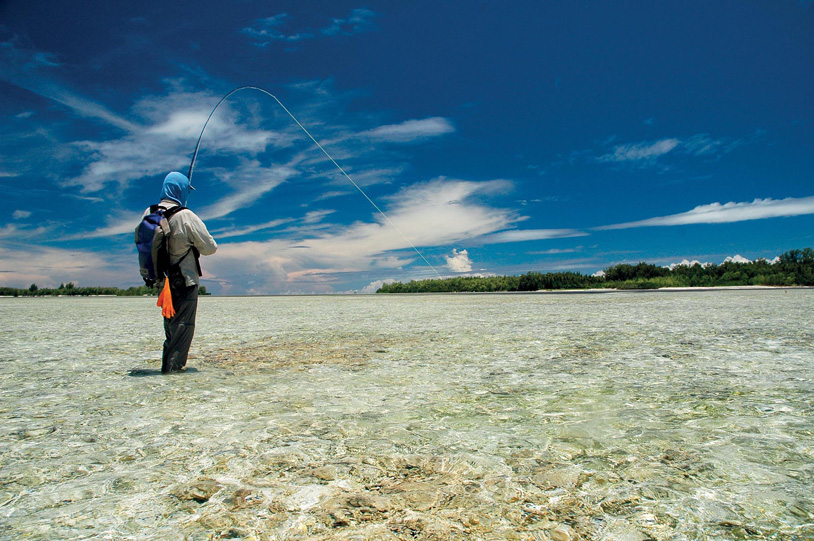
Best Tides For Milkfish
On the flats, milkfish generally push up in greater numbers on neap tides. The neap tide means less water movement and disparity between high and low tide. Therefore, the flats are covered in water for most of the day, giving the fish more time to feed. Milkfish usually congregate during or just after a full or new moon, as this is predominantly when their food supply is abundant due to spawning. During a spring tide cycle, a more pronounced scum line forms, leading to a greater number of fish in the area.
MAKING THE CATCH
Approaching milkfish is very different from most of the flat s fish species found due to the fact that they are not predatory. Therefore the fly is not imitating anything trying to escape but rather a stationary particle. Thus, the fly choice is not dictated by the area that one fishes but rather by the behaviour of the fish whilst they feed. Upon finding a school for feeding milkfish, the positioning of the boat is very important. The ideal drift is to have the fish 90 degrees off the bow to cover as many fish in a single cast as possible. The fly placement is also crucial to ensure getting the fly to the correct depth. The key is to move the fly as little as possible; long, slow strips should only occur when slack is removed from the fly-line. If the line begins to move in the direction that the fish are moving, maintain a low rod angle and make several long strips until the line becomes tight.
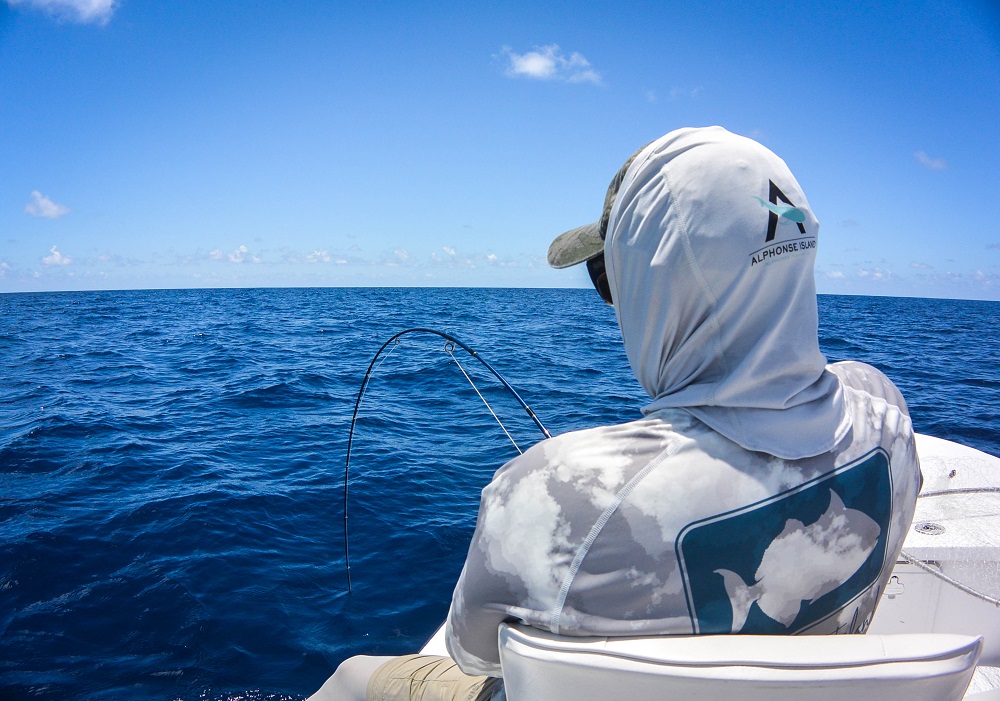
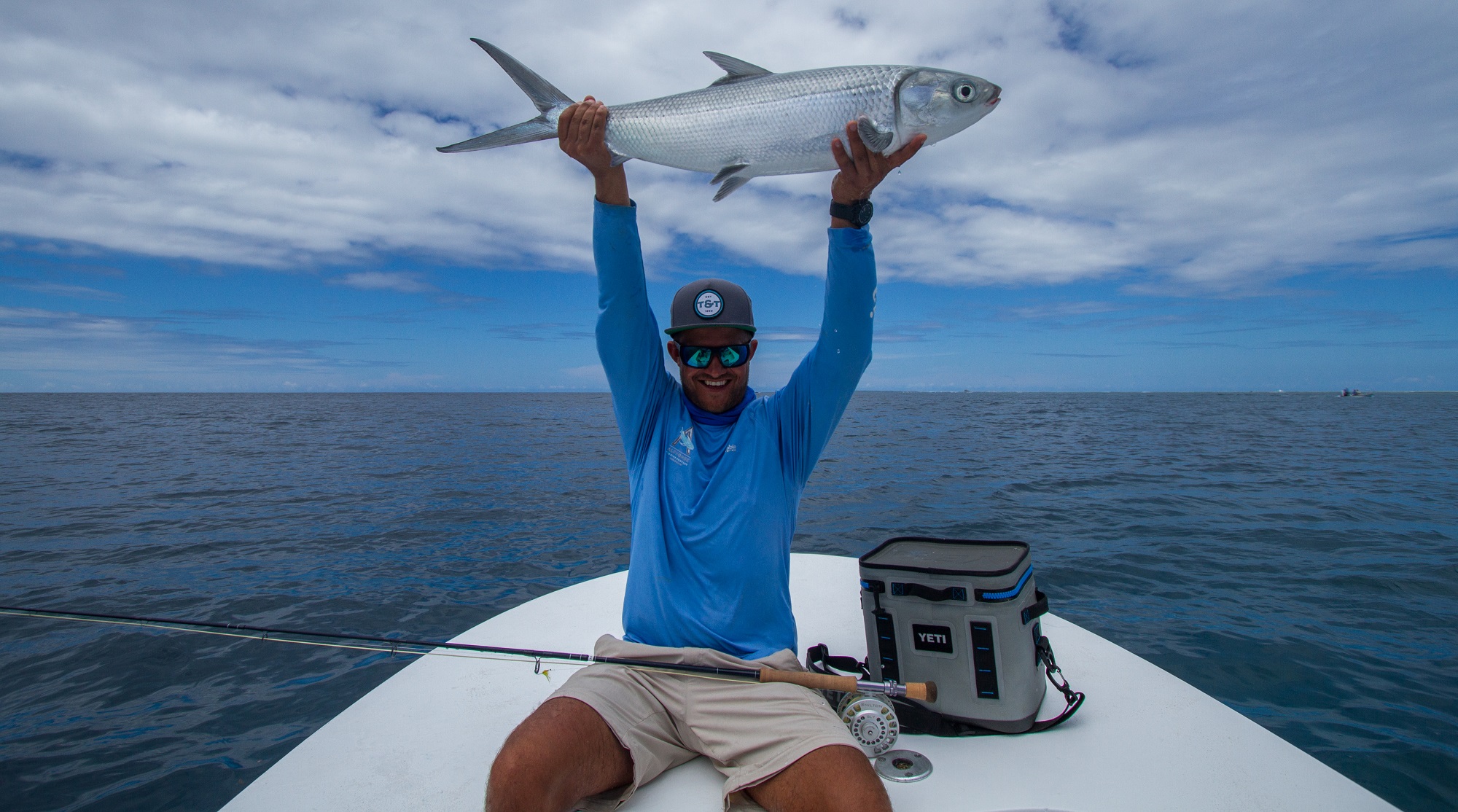
PAST CATCHES
"What a beautiful fish to catch on the fly"
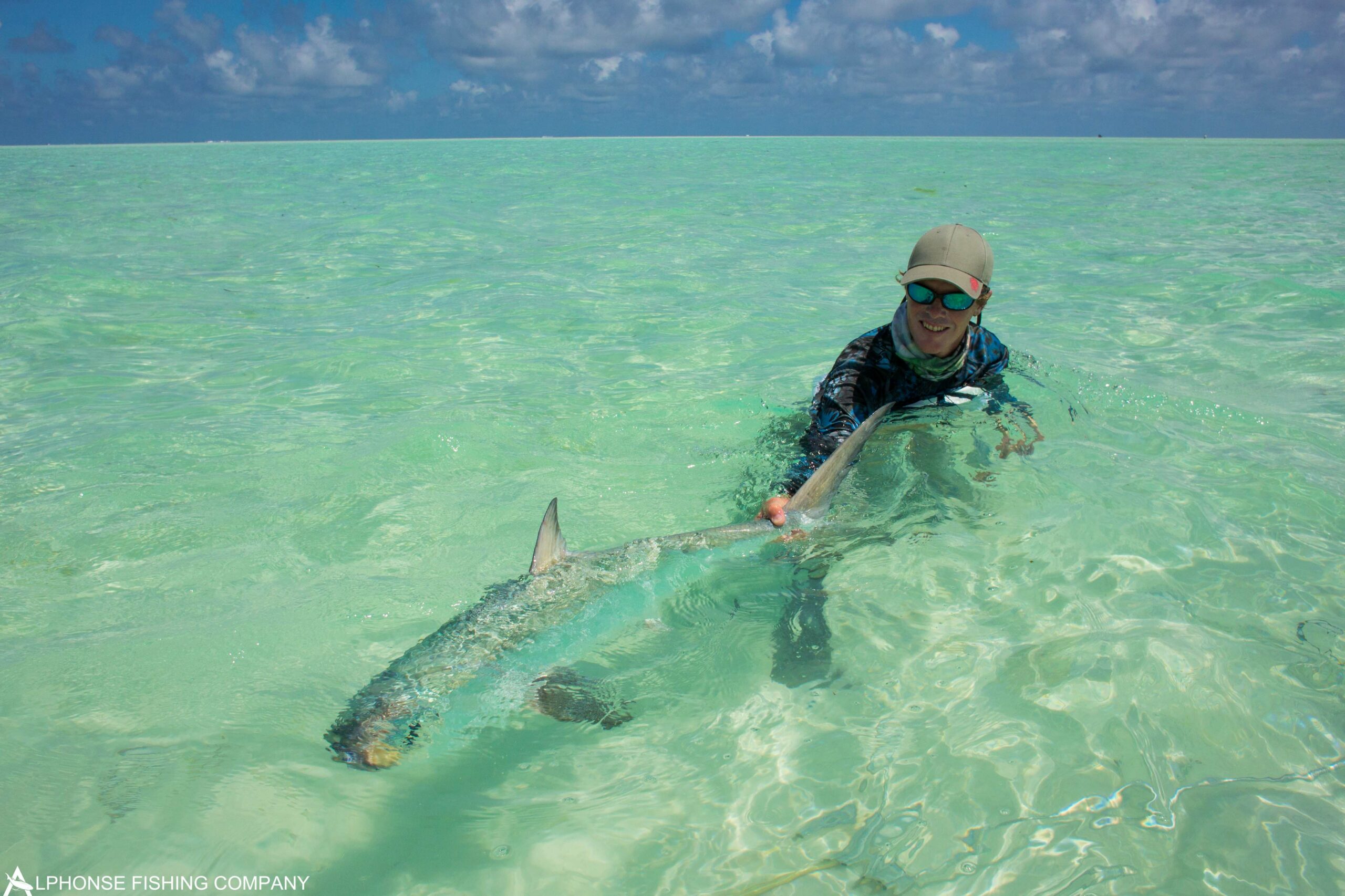
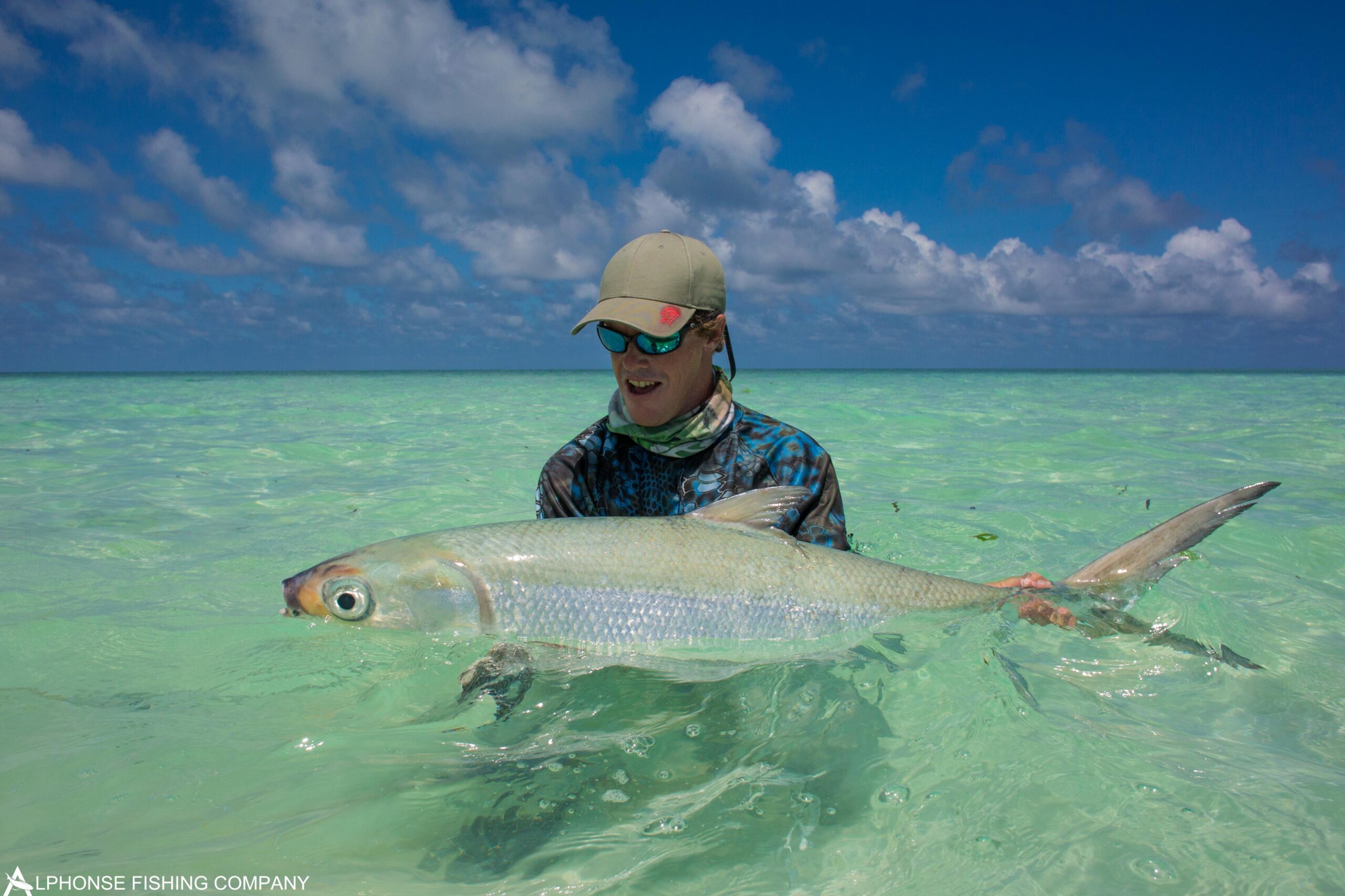
FLY FISHING DESTINATIONS
-
Alphonse Atoll
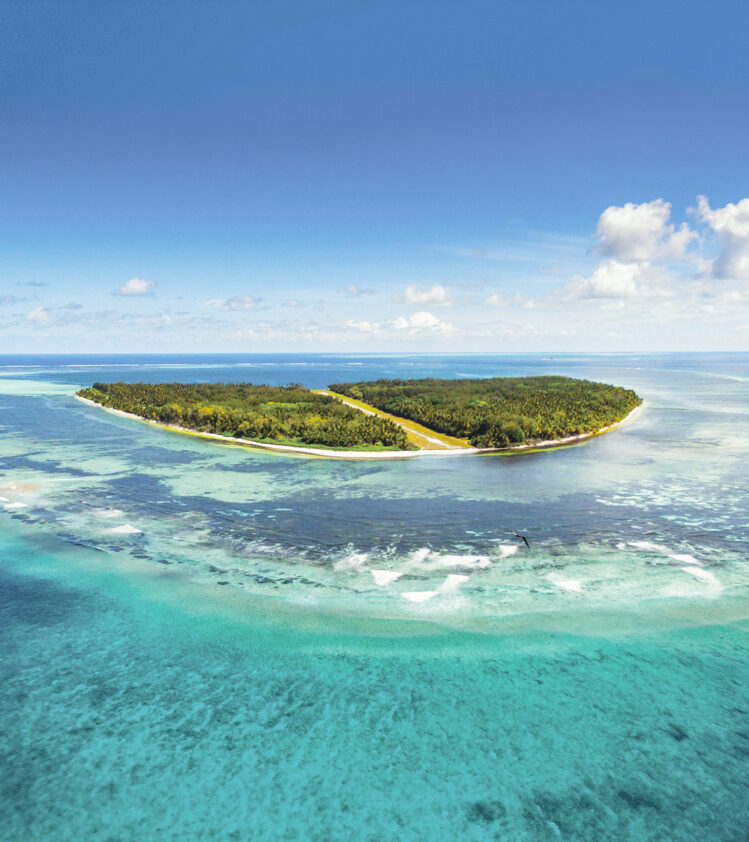 View Destination
View DestinationAlphonse Atoll
Three atolls and islands called Alphonse, Bijoutier and St Francois.
-
Cosmoledo Atoll
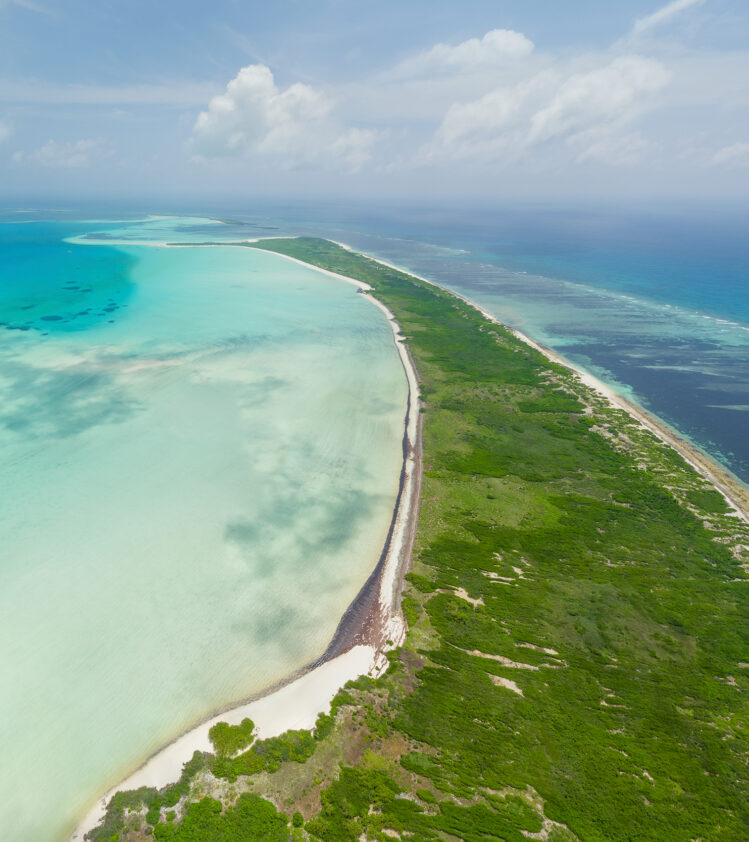 View Destination
View DestinationCosmoledo Atoll
One atoll with a vast lagoon surrounded by nineteen islands.
-
Astove Atoll
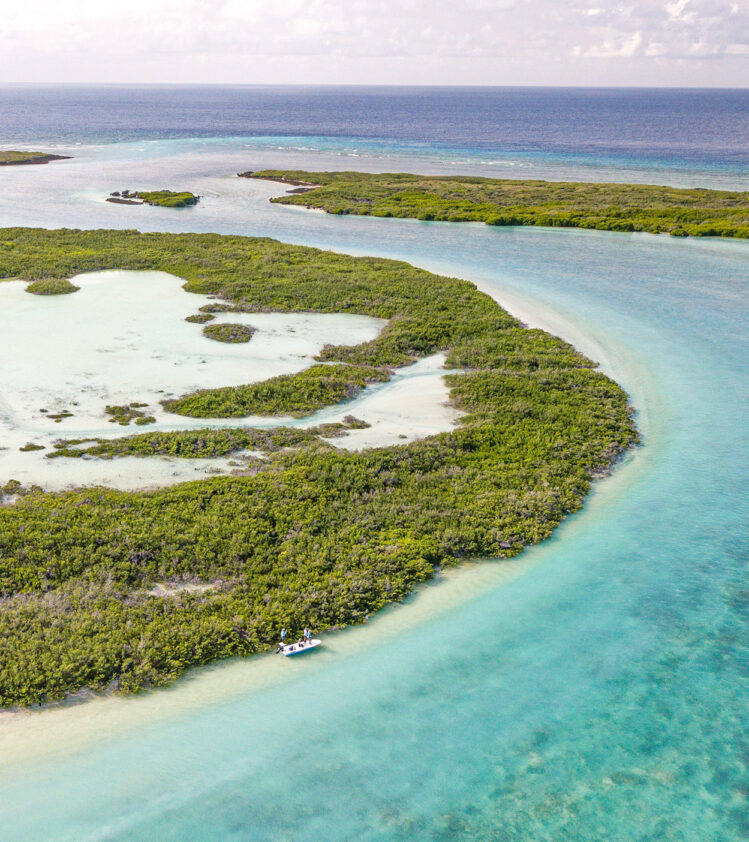 View Destination
View DestinationAstove Atoll
One atoll with an enclosed lagoon surrounded by flats and sheer drop offs.
-
Farquhar Atoll
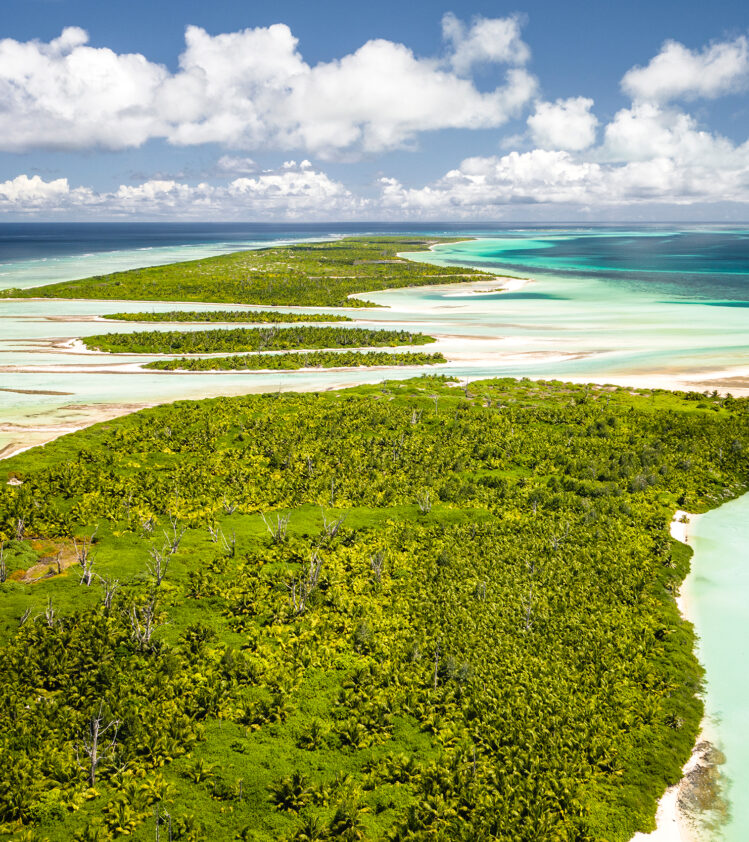 View Destination
View DestinationFarquhar Atoll
One atoll with a vast lagoon surrounded by nine islands.
-
Amirante Islands
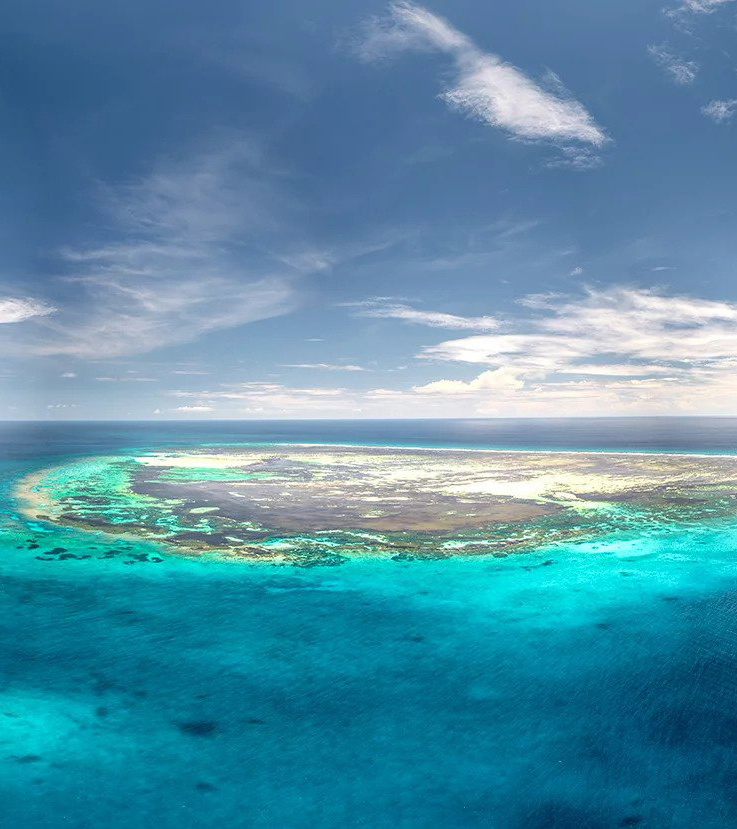 View Destination
View DestinationAmirante Islands
African Banks, Remire Reef, St Joseph’s Atoll and Poivre Atoll.
-
Providence Atoll
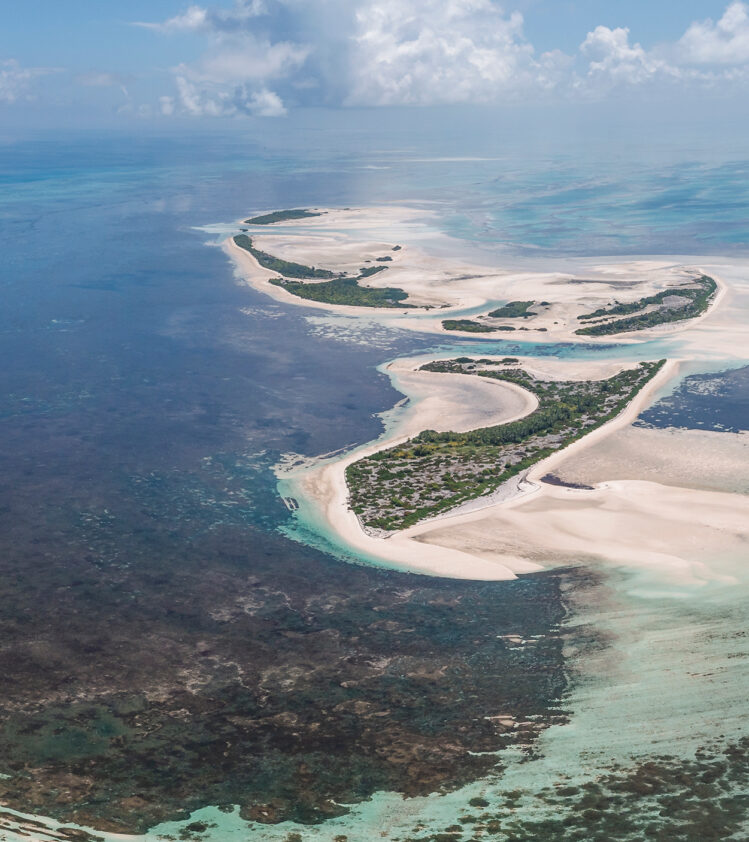 View Destination
View DestinationProvidence Atoll
One vast atoll with a shallow lagoon, sand banks, flats and channels.
MAKE YOUR MILKFISH FISHING DREAM COME TRUE
Turn your fly into a fish’s ultimate temptation. The Seychelles, with its 115 islands and deserted atolls, ideal weather and warm Indian Ocean waters, is renowned for being home to some of the world’s richest fishing grounds. You don’t even have to venture too far to break fishing records!
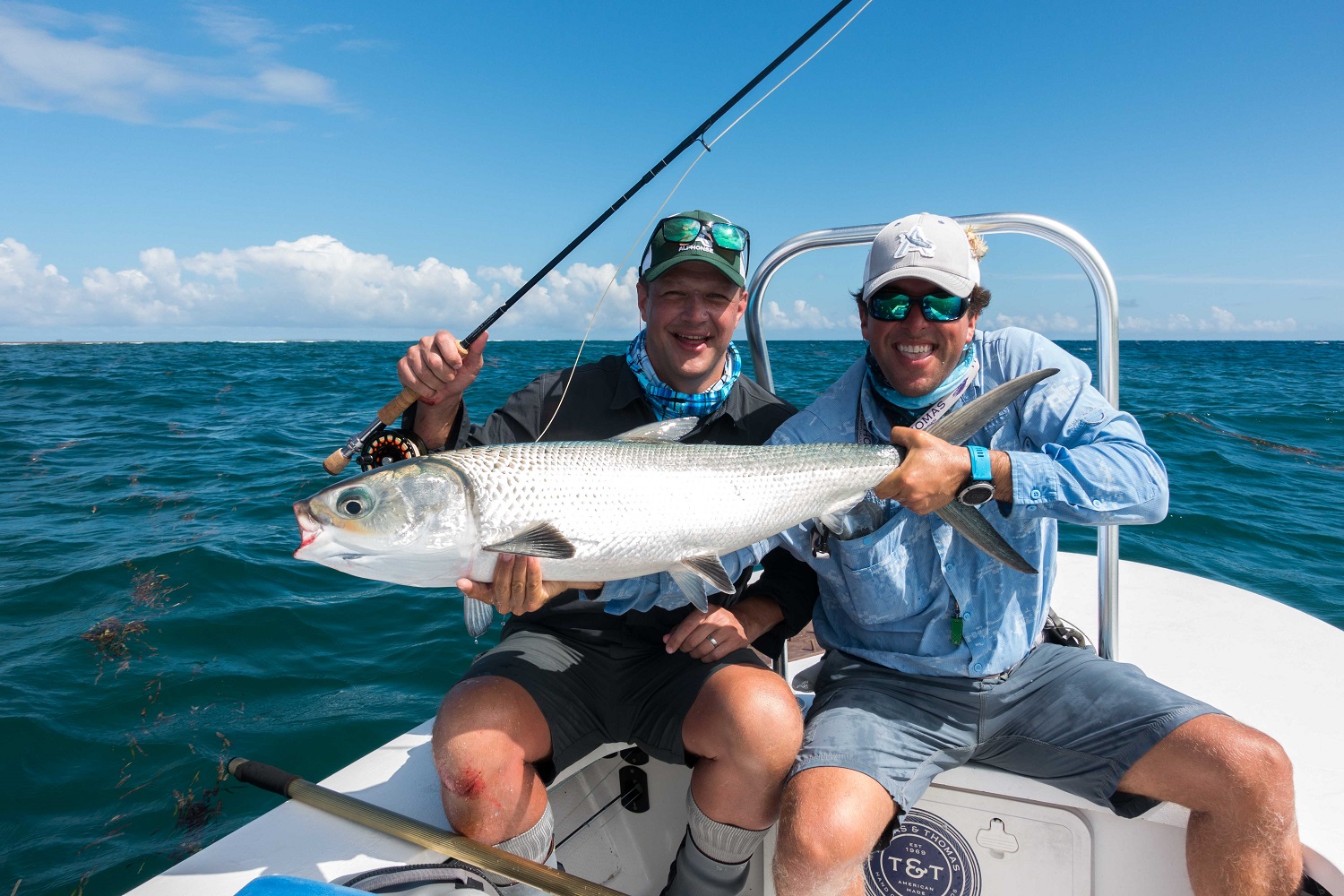
Highlights
- Home of the world's best fly fishing
- Unique, bespoke trips to suit your needs
- Located in the pristine remote outer islands of the Seychelles
- Luxury accommodation and exquisite food
- Unrivalled professional guides
- Some of the richest fishing grounds in the world
Latest Fly Fishing Blog Posts
-
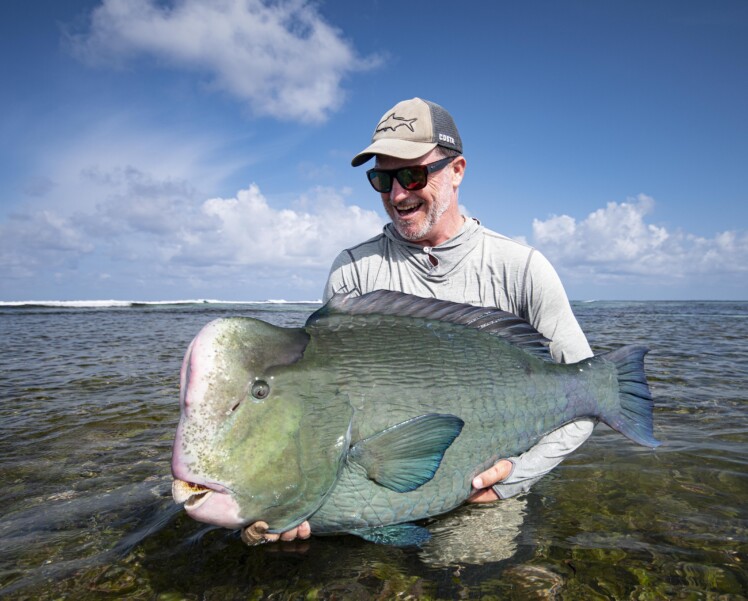
OPENING WEEK – PROVIDENCE ATOLL (22 – 29 JAN 2023)
Read More -
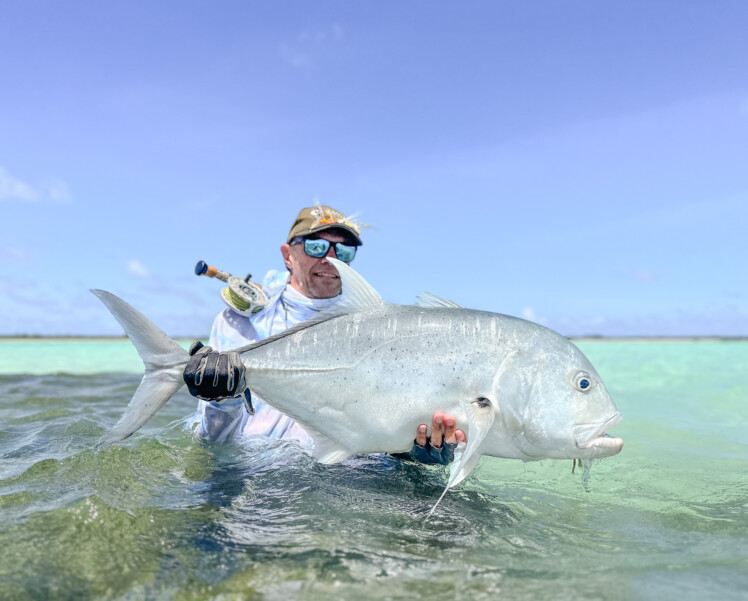
FARQUHAR ATOLL FLY FISHING REPORT (18 – 25 JAN 2023)
Read More -

ALPHONSE ISLAND FLY FISHING REPORT (14 – 21 JAN 2023)
Read More
Popular Species
Join our fishing community
Join our community to get regular updates about our fishing adventures, guide updates and special offers.





